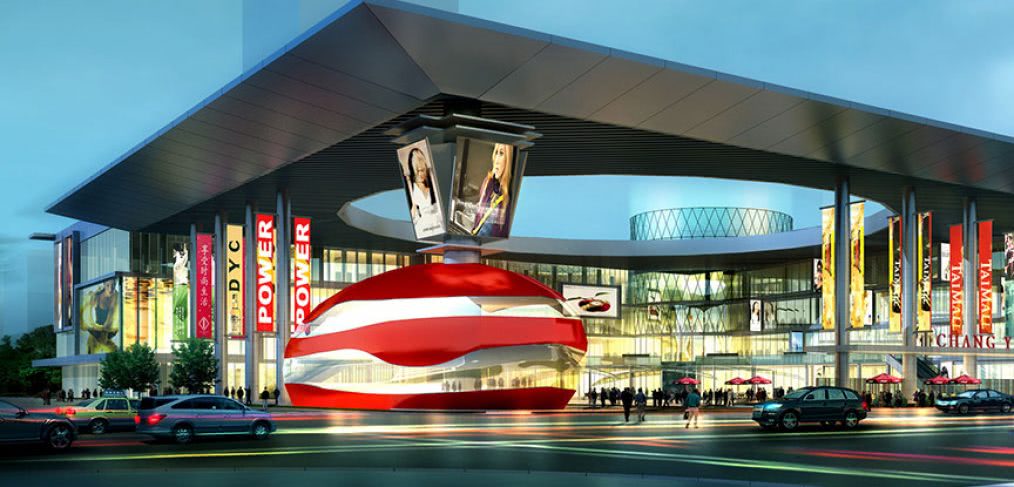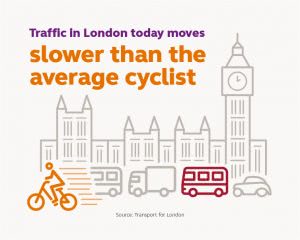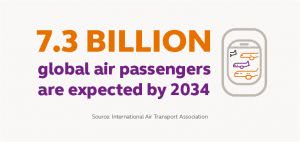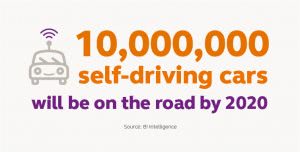
DATÜM: Smart City Mobility
The modern commuter demands speed and convenience, and advancements in technology and travel promise to exceed our wildest expectations. But is the current transit infrastructure ready for such drastic changes?
A MOBILE FUTURE
 Nothing is driving disruption in travel more than a rapidly growing urban population. Schedules are impacted, plans are delayed and waiting has become standard practice. The world’s major cities are responding through research and application of new technologies capable of easing the pain of the commute. Perhaps most fascinating among them is the self-driving car—estimates predict that 10 million driverless vehicles will be on the road by 2020.
Nothing is driving disruption in travel more than a rapidly growing urban population. Schedules are impacted, plans are delayed and waiting has become standard practice. The world’s major cities are responding through research and application of new technologies capable of easing the pain of the commute. Perhaps most fascinating among them is the self-driving car—estimates predict that 10 million driverless vehicles will be on the road by 2020.
It’s no wonder tech companies are focusing efforts on more appealing transportation alternatives that offer greater safety, convenience and sustainability. Consider the data:
- By 2030, there will be an extra billion people in the world, of which 20% will be travelling [source: Amadeus, 2015]
- Commuters in L.A. spend 90 hours a year stuck in traffic [source: Time Magazine]
- Projections indicate a 120% increase in global road and rail passenger travel between now and 2050 [source: ITF Transport Outlook 2015]
- Vehicle-to-vehicle (V2V) technology may eliminate or reduce the impact of up to 80% of crashes involving unimpaired drivers [source: US Dept. of Transportation]
- Globally, transport is responsible for around a seventh of greenhouse gas emissions – almost two thirds are the result of passenger travel [source: The Energy Collective]
FAST INSPIRATION
We are all travelers—the method and modes we use are what make us unique. High-tech companies, the new stakeholders in improving public infrastructure, are honing in on those in order to offer their own people-moving solutions. Here are a few examples of mobility trends aimed at creating smarter cities:
Soar Over Ground
The Hyperloop Transportation Technologies (HTT) project, inspired by the vision Elon Musk laid out for his company SpaceX in 2013, is intent on building a high-speed vacuum-tube transit system straight out of science fiction. The company is forging ahead with commercial partnerships and aims to begin construction of a full-scale, passenger-ready version some time in 2016.
Supersonic Business Class
 Airport construction projects are valued at over $900 billion worldwide in 2016—over $350 billion more than last year, according to CAPA. Meanwhile, Aerion Corporation is a big step closer to making supersonic passenger travel a reality. The company, funded by Texas billionaire Robert Bass and European aerospace giant Airbus, just inked its first order for 20 AS2 jets at the bargain price of $120 million each. Capable of carrying between eight and 12 passengers up to 4,750 nautical miles at supersonic speeds, the AS2 could trim three hours off a transatlantic flight and more off longer trans-Pacific routes. Aerion projects first flight of the AS2 in 2021 with entry into customer service in 2023.
Airport construction projects are valued at over $900 billion worldwide in 2016—over $350 billion more than last year, according to CAPA. Meanwhile, Aerion Corporation is a big step closer to making supersonic passenger travel a reality. The company, funded by Texas billionaire Robert Bass and European aerospace giant Airbus, just inked its first order for 20 AS2 jets at the bargain price of $120 million each. Capable of carrying between eight and 12 passengers up to 4,750 nautical miles at supersonic speeds, the AS2 could trim three hours off a transatlantic flight and more off longer trans-Pacific routes. Aerion projects first flight of the AS2 in 2021 with entry into customer service in 2023.
Urban Super Commuter
The Dutch are proving themselves the masters of urban bicycling solutions. Not only was the Netherlands the first country to invest in glow-in-the-dark road markings for safer navigation, but they’ve raised the bar with a new train station in the city of Delft that includes a 5,000-spot bicycle parking garage featuring electronic signs that show the number of available spots in each row. To encourage this mode of transportation, bike parking at the new facility is free for up to 14 days. They’re also taking sustainable transit to the streets: a group of Dutch researchers rolled out the first solar road in 2014.
DESIGNING A BETTER CONNECTION
It’s clear that an efficient multi-modal system at the heart of urban areas will help to improve quality of life. But how can cities and mega-cities create a successfully integrated and intelligent transit network that will accommodate future technology? Here are some steps urban planners can take to elevate the ease of connectivity:
• Boost Efficiency and Put the Traveler First
How will the transportation hubs of the future need to change to accommodate innovation in mobility? What commercial conveniences can be integrated into these central transit hubs that don’t already exist?
- The average car is 80% empty when driven and is parked 95% of the time [source: Reinventing Parking]
- As the sharing economy increases, cities will need to transform their streets and sidewalks to accommodate less vehicular traffic and more pedestrian and bicycle traffic.
- To increase ridership and encourage alternative transportation use, consider ways of accommodating the end user that also maximize economic and social benefits for the surrounding community.
• Design for Safety and Flexibility
With driverless cars and other inventive mobility platforms on the horizon, what are the new rules for planning and urban design? How will these affect traffic patterns and transit stations?
- In the UK, self-driving cars will lead to an estimated 2,500 fewer deaths between 2014 and 2030 [source: KPMG]
- A safer, more reliable city-as-a-system is one that will get traction, but accessibility and convenience are the fundamentals of increased ridership and an improved quality of life.
• Invest in the Future
 What will the future of driverless cars require from city planners and developers? How can we build a city where streets are filled with more people walking or biking than driving?
What will the future of driverless cars require from city planners and developers? How can we build a city where streets are filled with more people walking or biking than driving?
- 78% of people believe a lack of funding is the key barrier to developing an intelligent transportation system, and 45% cite aging infrastructure as the key barrier [source: Governing Institute]
- For cities around the world, it’s imperative to tackle aging infrastructure and extract untapped value in existing transit networks via new connections and holistically designed facilities that carefully consider the cyclist, the driver, the pedestrian, the passenger and all the hybrid commuter types in between.
- Leverage existing technologies (cloud solutions, wireless connections, vehicle sensor data, etc.) to deliver more intelligent transportation systems.
- Capture and quantify better analytics on how people get around will make the cities we live in function better through more intelligent and actionable design solutions and well-informed investment opportunities.
CallisonRTKL’s MODeX (mobility oriented development index) uses four indicators—transit, urban, economic and social—each with their own set of variables, to evaluate the potential and performance of transit hub development. Learn more about how CallisonRTKL and Arcadis can help unlock the full potential of your city’s transit hubs.
